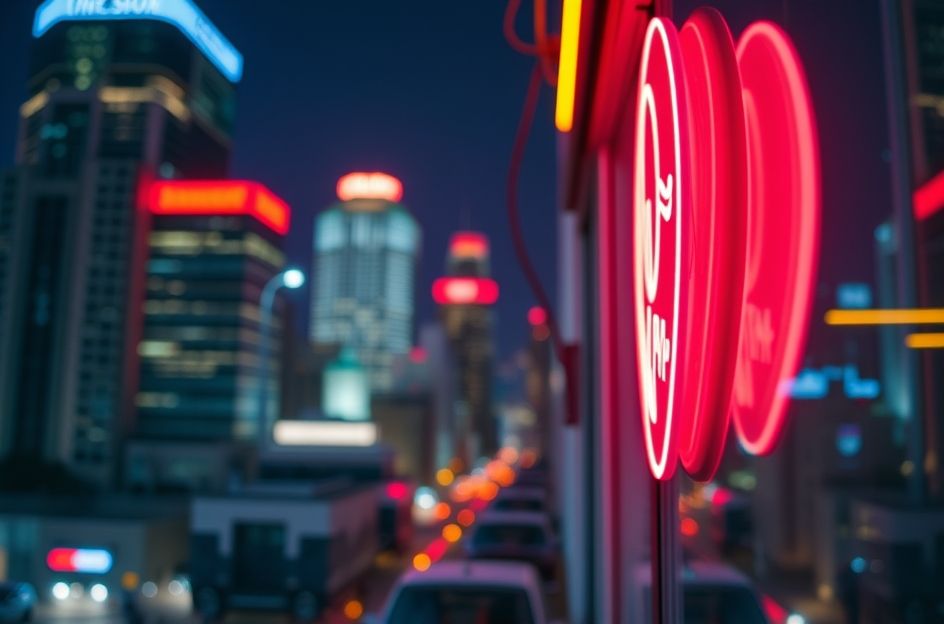Neon signs, those vibrant, glowing displays that illuminate our cityscapes at night, first emerged in 1910 at the Grand Palais in France. Their striking brilliance immediately captured the public’s imagination, leading to widespread demand for commercial applications. Neon signs experienced a surge in popularity in the 1950s and remain a popular choice for businesses today.
These eye-catching signs are crafted from glass tubes meticulously shaped into various designs and letters. The tubes are filled with a specific gas that emits light when energized. While neon signs require high voltage, they operate on a very low amperage. An electrical current is passed through the gas to create the iconic glow.
One significant benefit of neon signs is their energy efficiency, resulting in relatively low electricity costs. Furthermore, they boast a remarkable lifespan, typically ranging from 7 to 10 years, and some have been known to last for as long as 20 years.
The diverse array of colors seen in neon signs is achieved through three primary methods. The first involves using a mixture of inert gases, such as neon combined with argon or mercury. Neon gas produces a reddish-orange glow, while argon and mercury emit a light blue hue. Another method utilizes fluorescent powders in combination with different gases to filter various colors from the light spectrum. The third method, the oldest and most expensive, employs colored glass. While colored glass offers the most vibrant colors, these signs are typically not as bright as those created with other methods.
